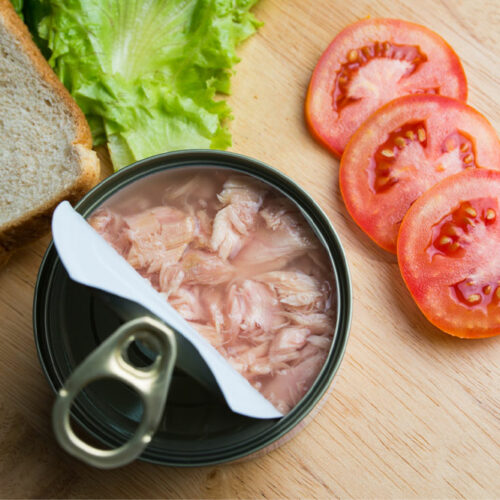4 natural remedies for dog itching relief

Skin infections and allergies are among the leading triggers of a persistent itch your pets have to deal with regularly. And there are several forms of topical solutions and medicines available in the market that can treat such discomforts. However, it is always a good idea to explore natural remedies that may be more beneficial. Here are four simple topical solutions you can make at home for long-term dog itching relief. Apple cider vinegar Apple cider vinegar is one of the most versatile ingredients for itch relief. The organic liquid is loaded with antibacterial and anti-fungal properties that can help contain a bad itch caused due to infection or skin irritations. You can make a topical solution by diluting the cider with water and using a spray bottle to provide gentle relief from persistent itch under the fur coat. Remember never directly to use raw concentrated forms of vinegar and essential oils. Aloe vera Aloe vera is safe to use when applied only as a topical remedy for dog itching relief. You must ensure that your pets don’t end up ingesting the gel, as it is toxic to consume. However, when used externally, the gel can provide long-term relief from inflammation caused due to itching.






